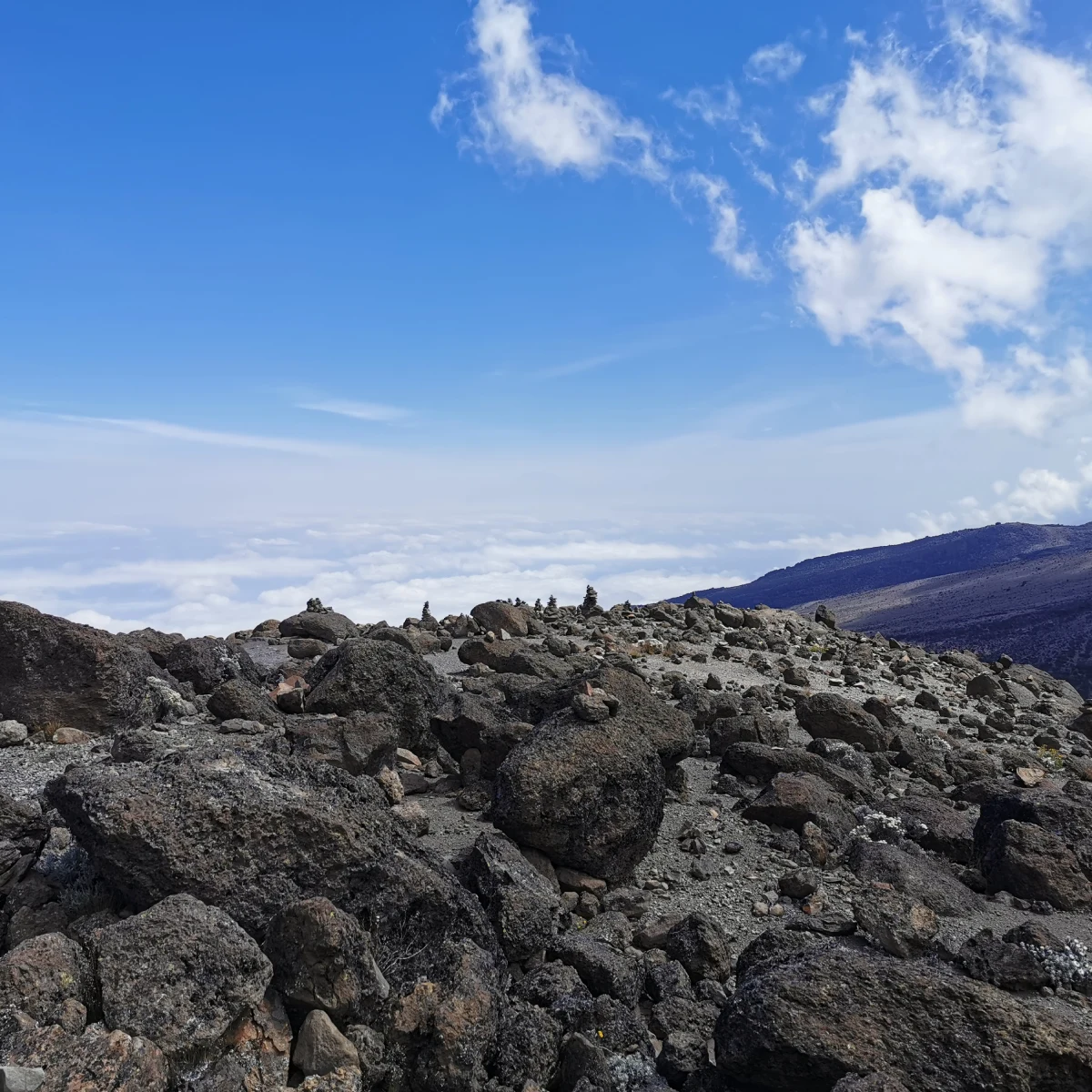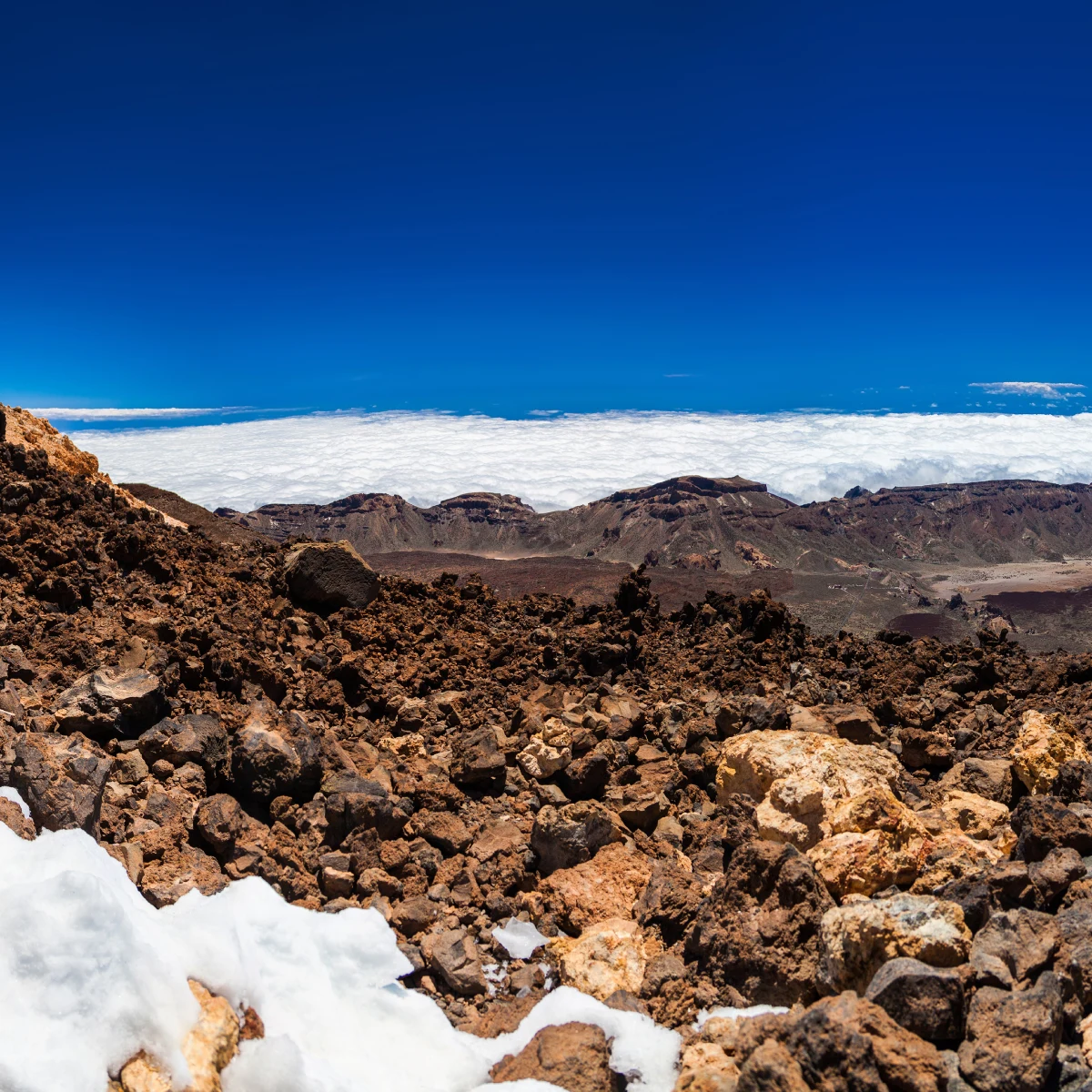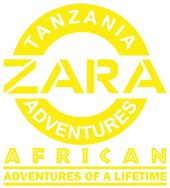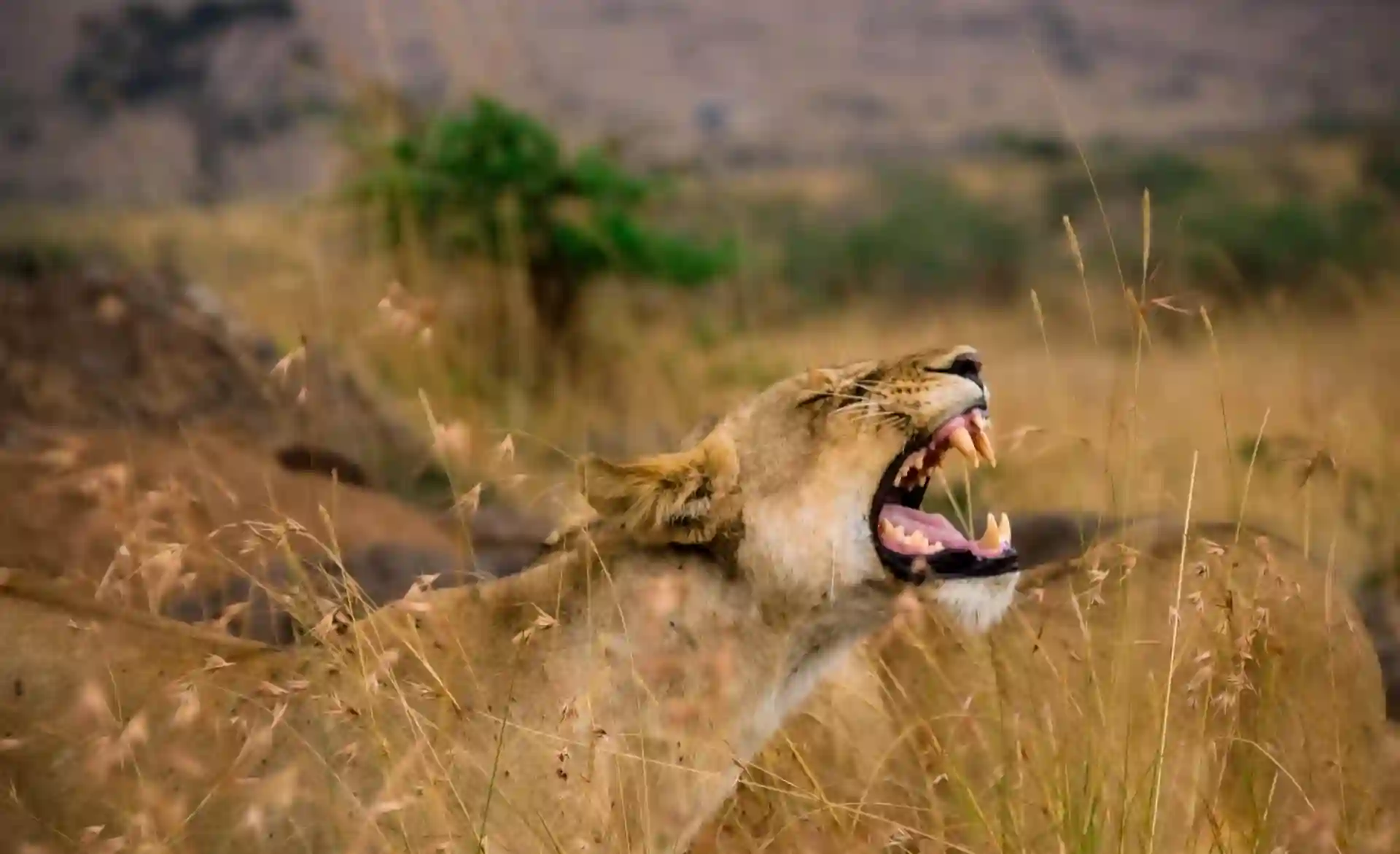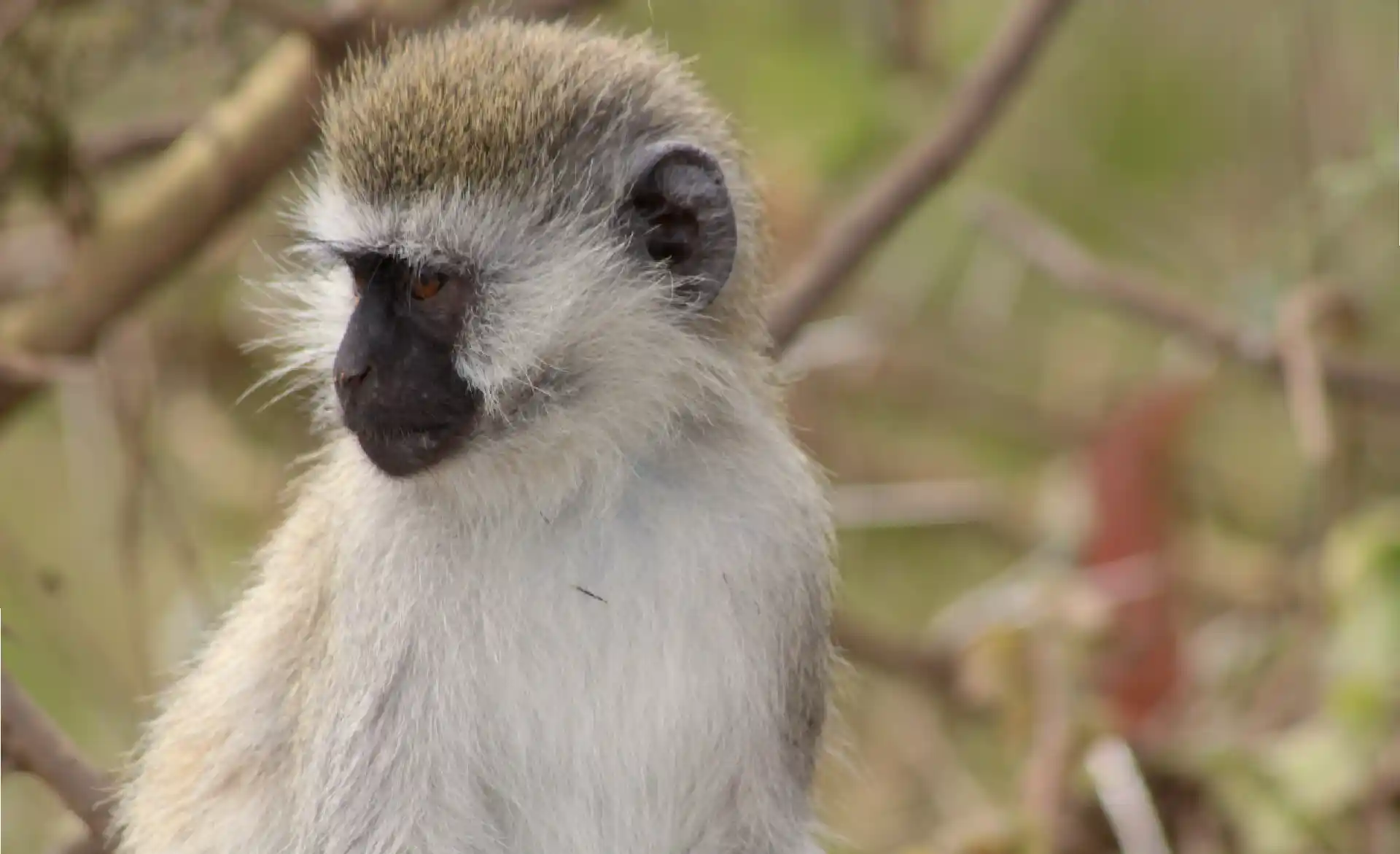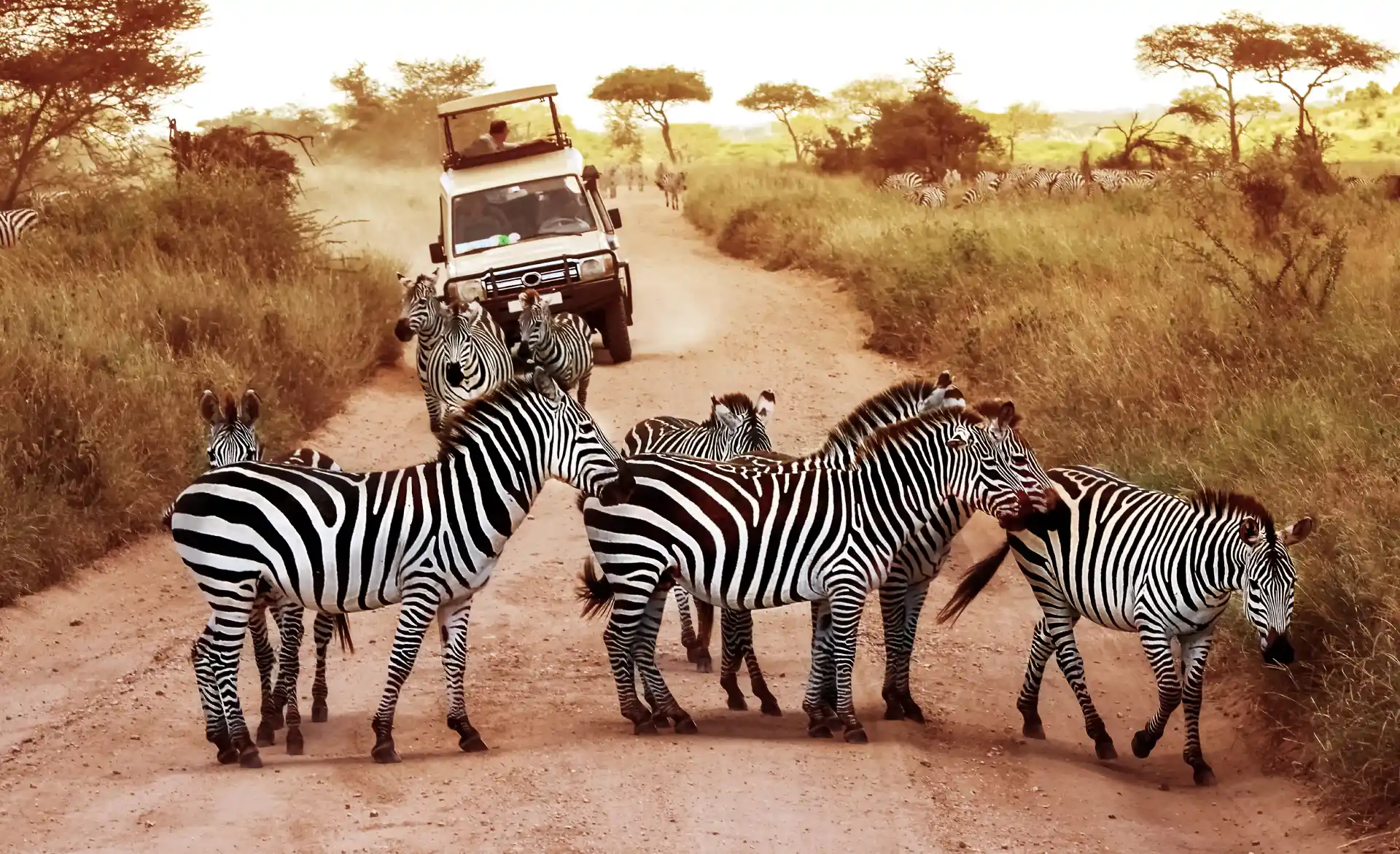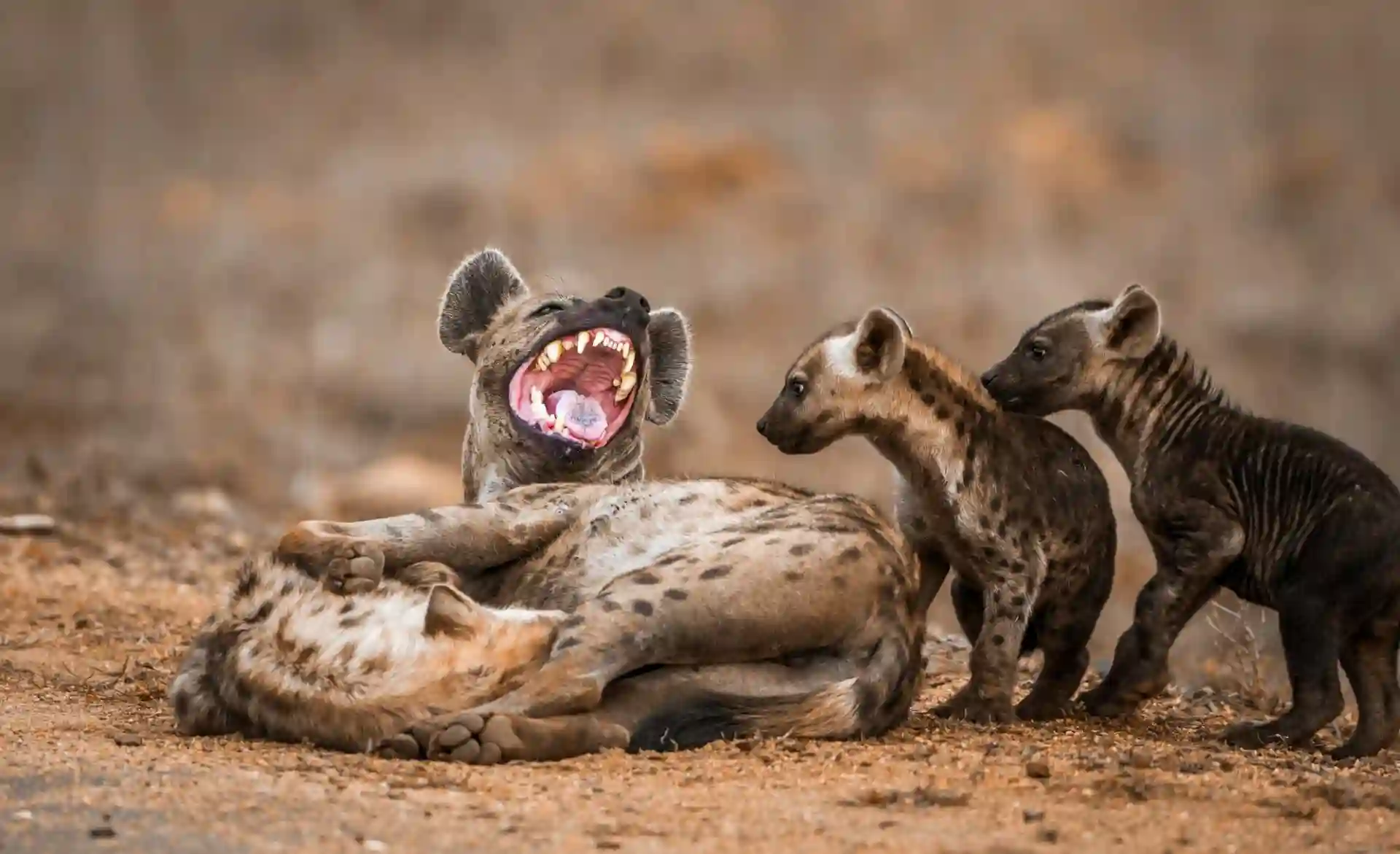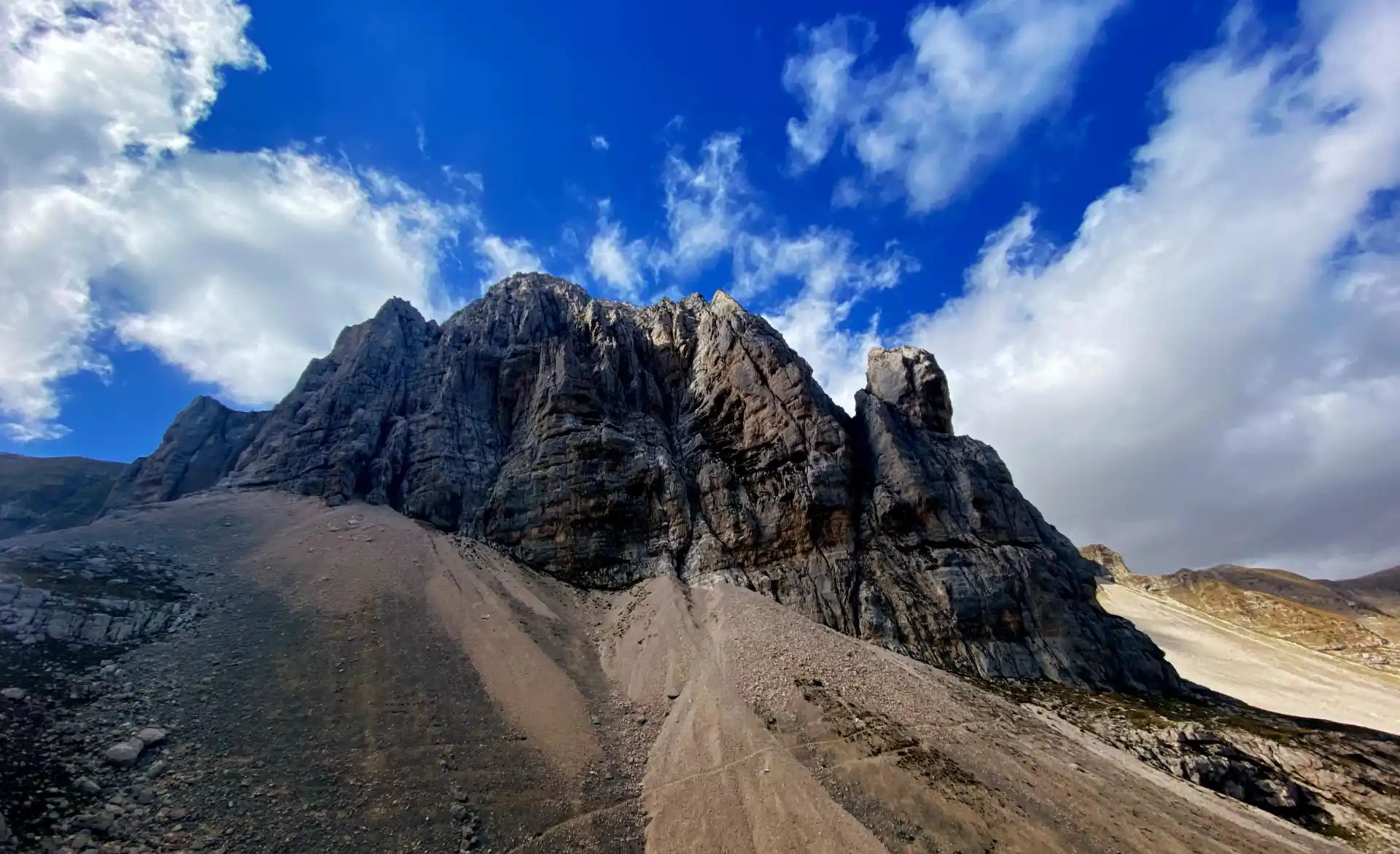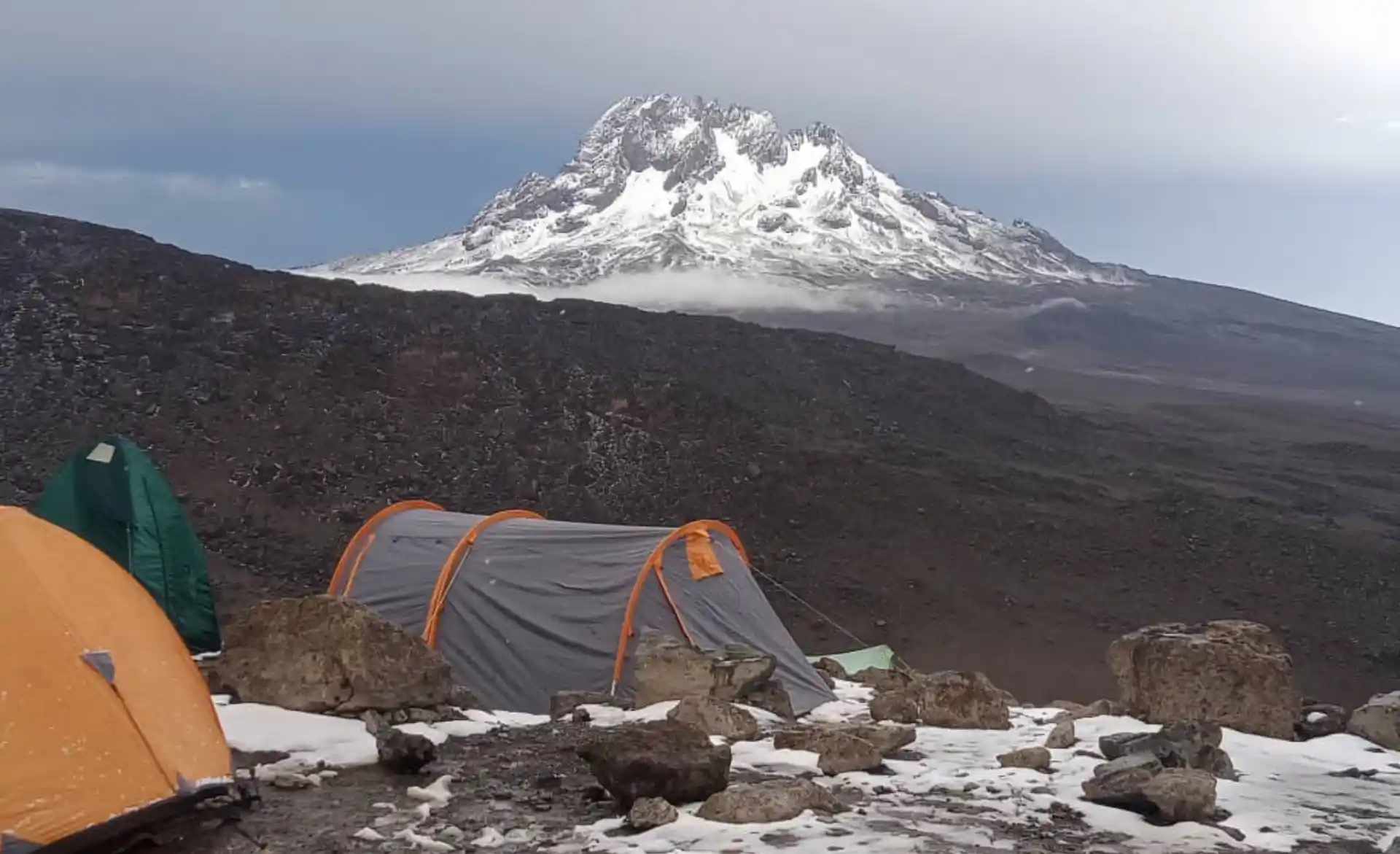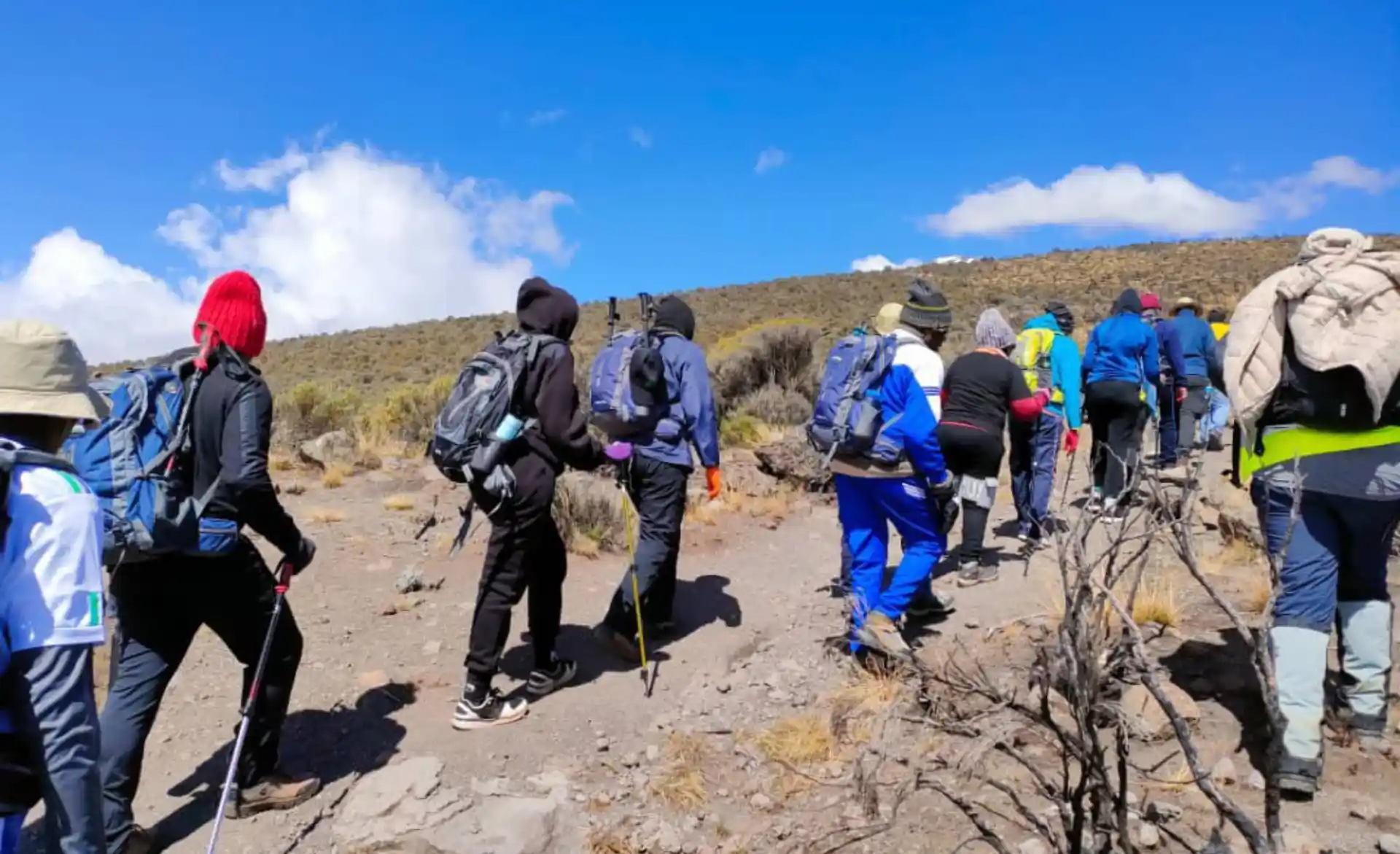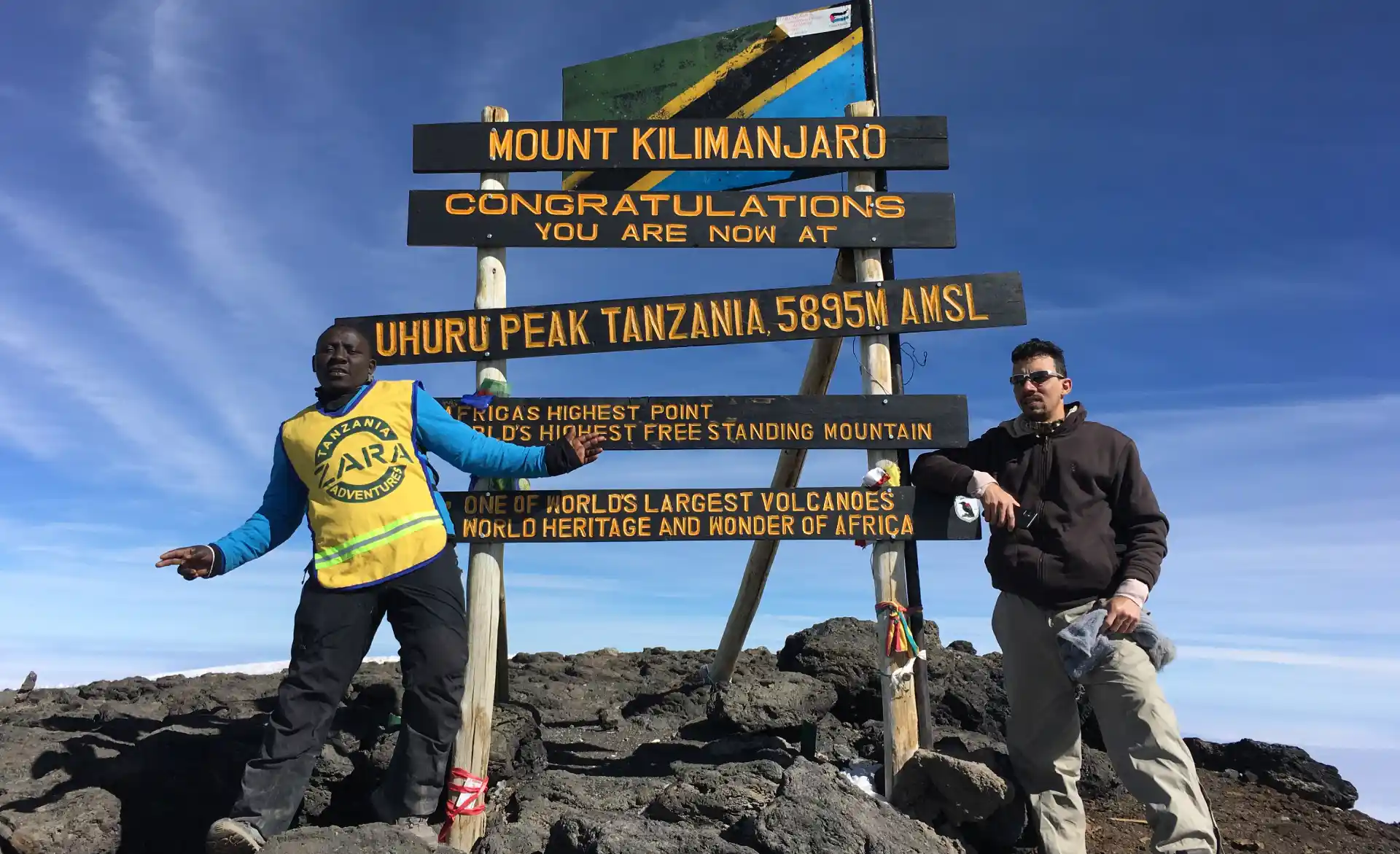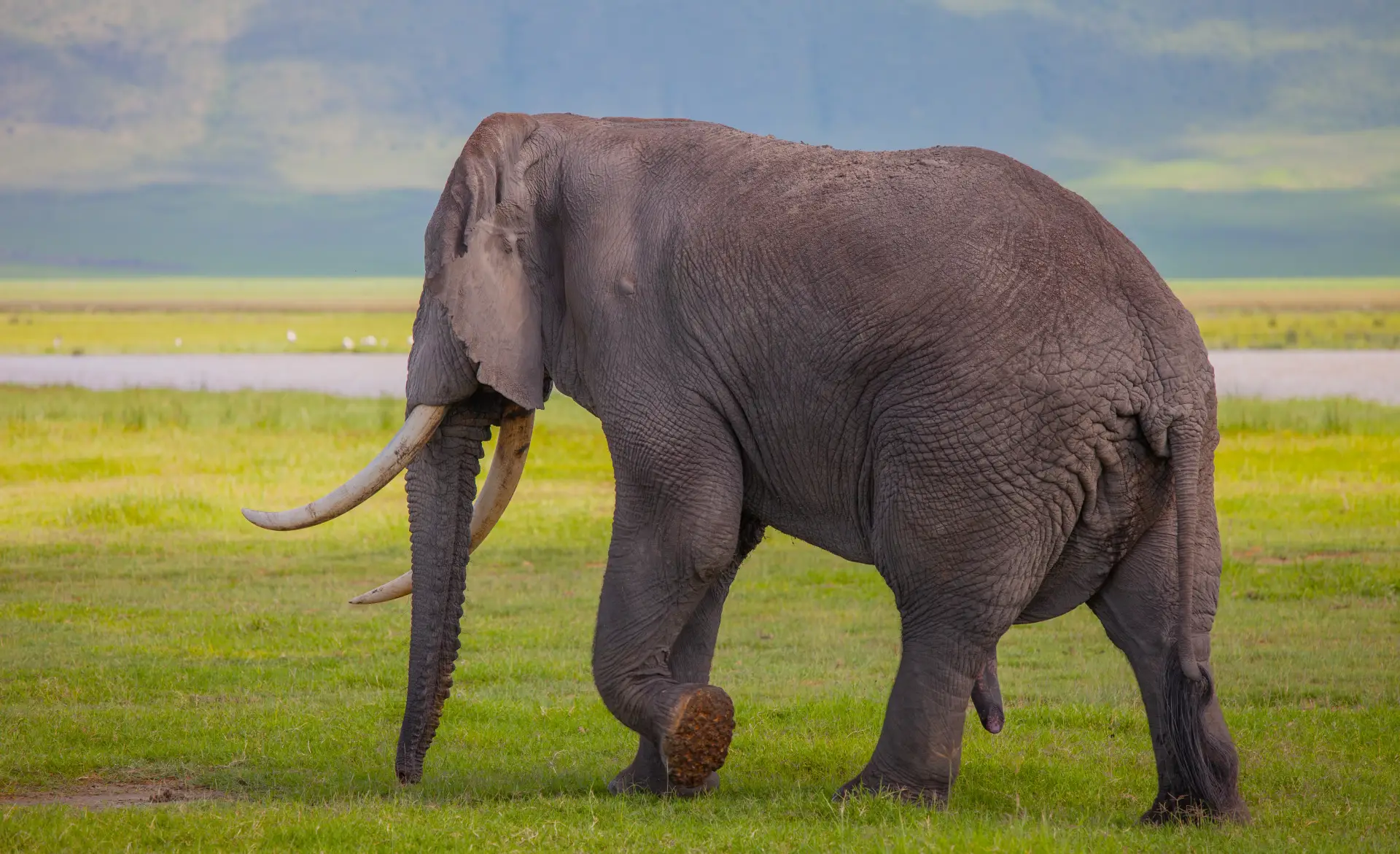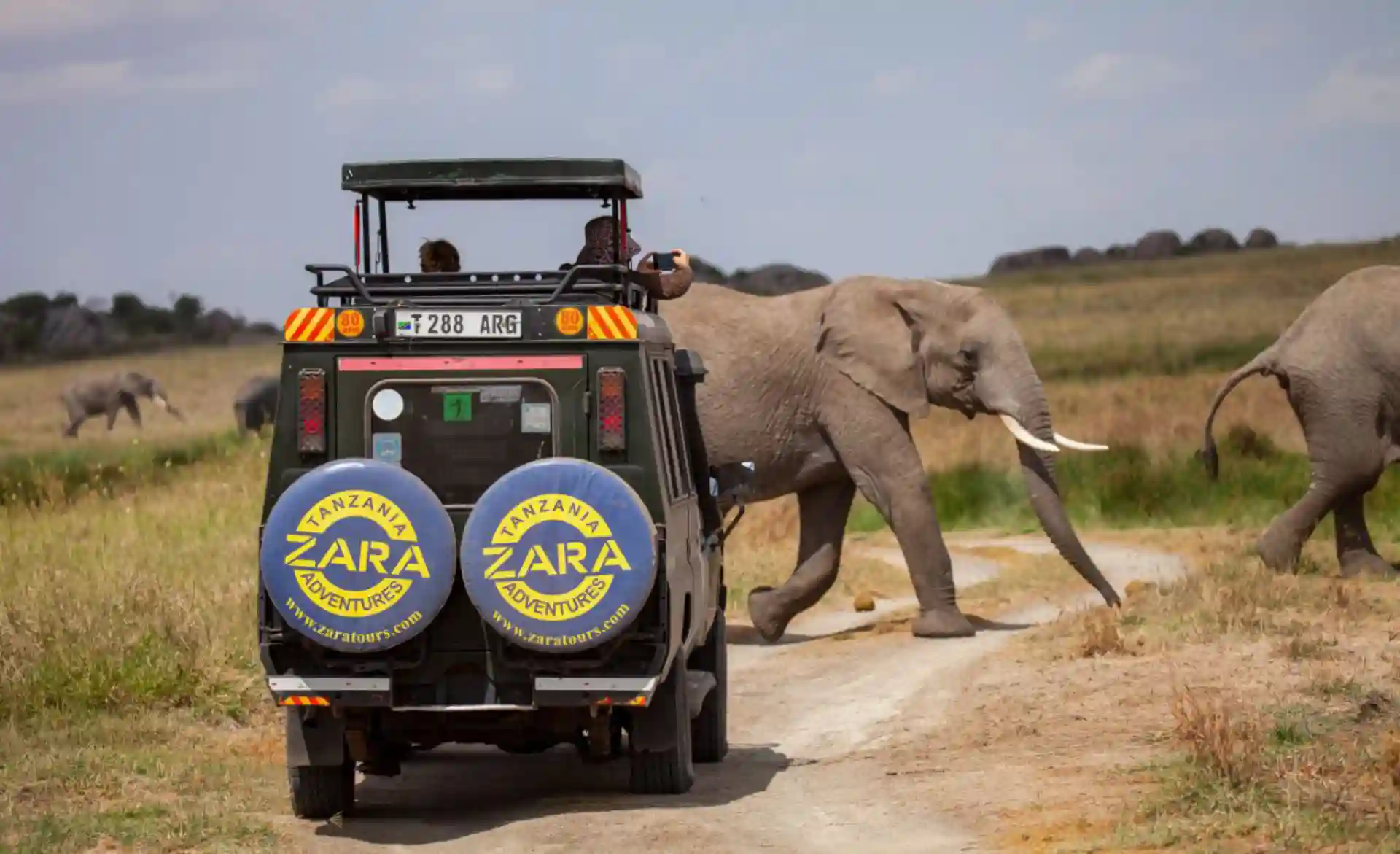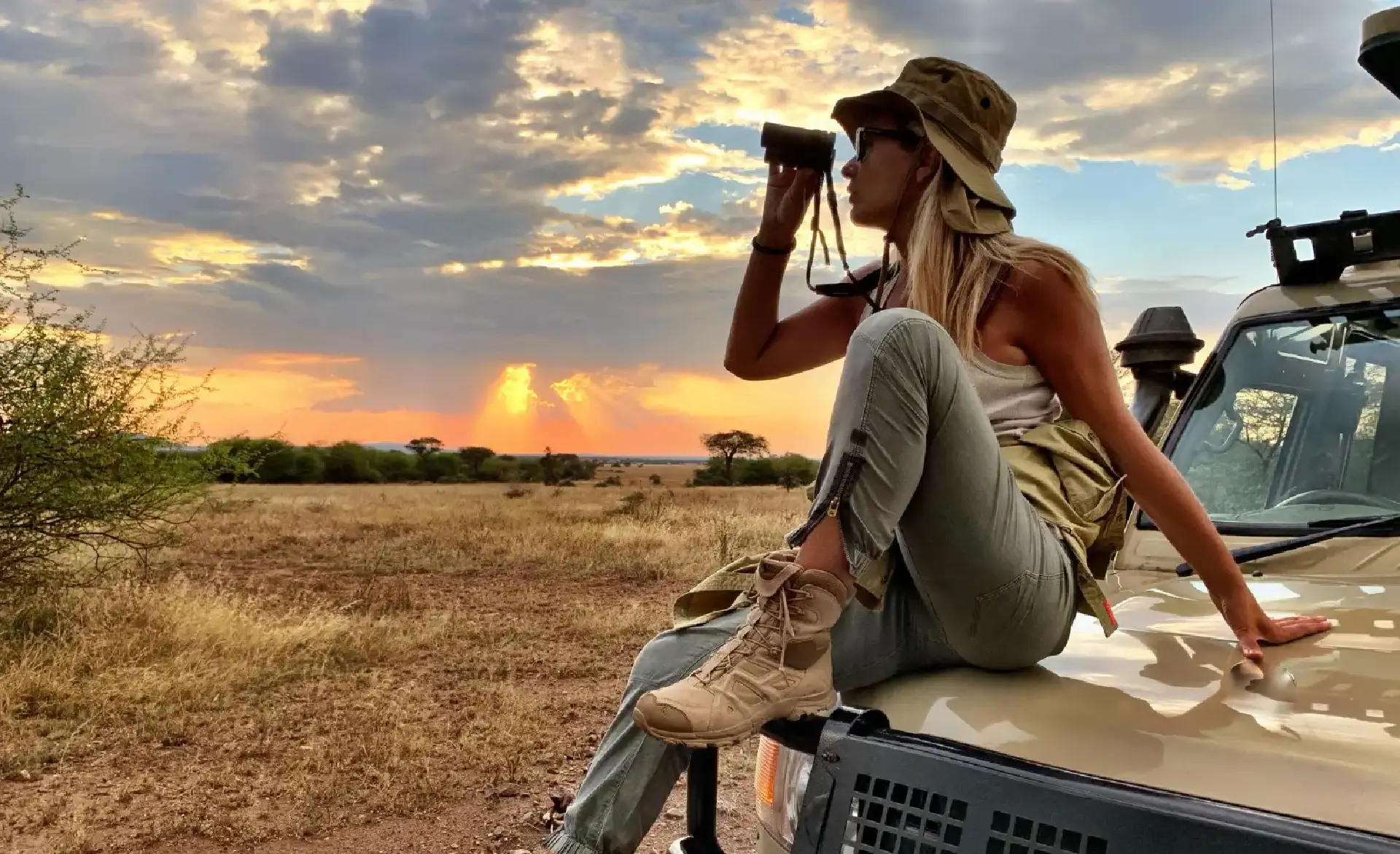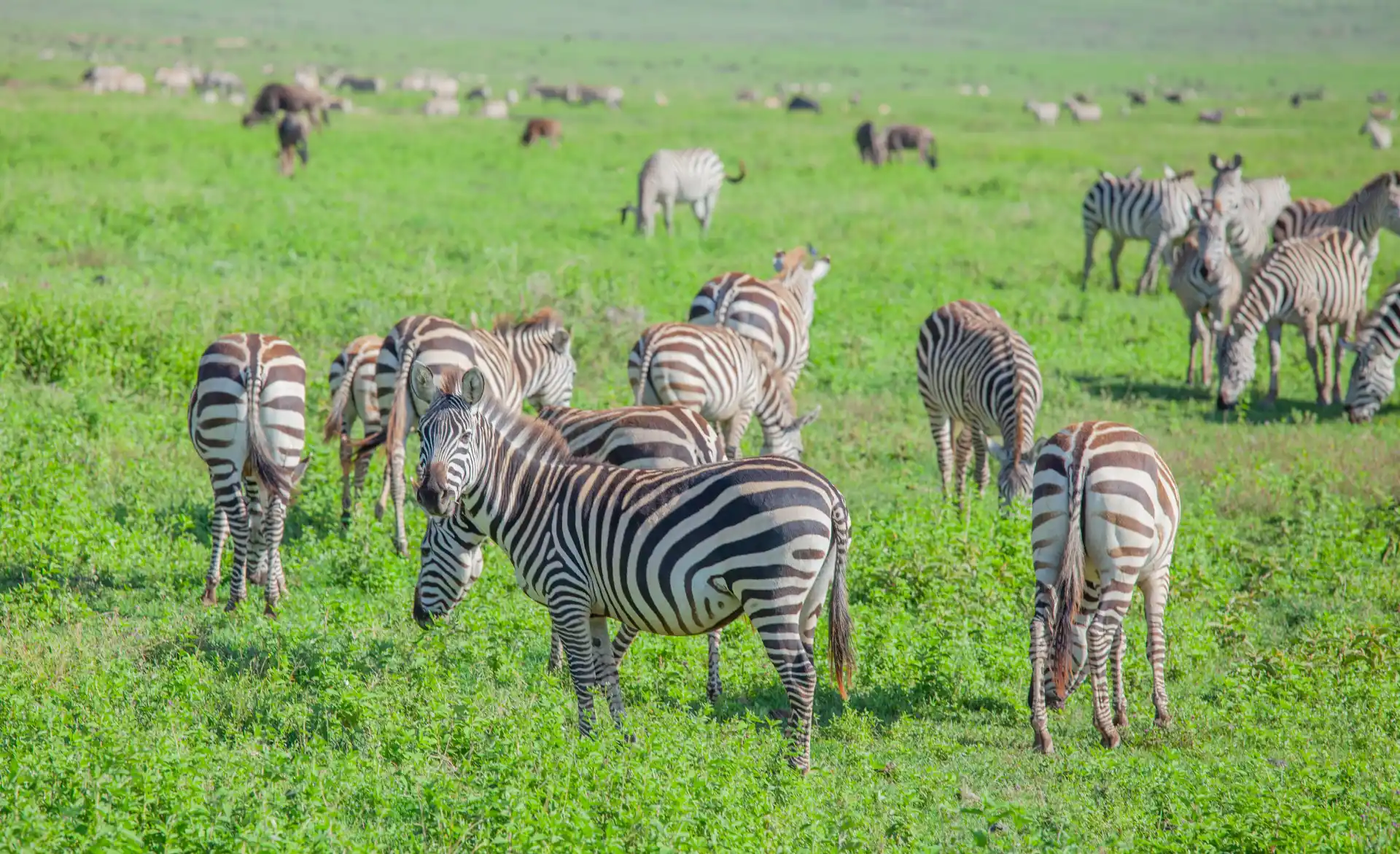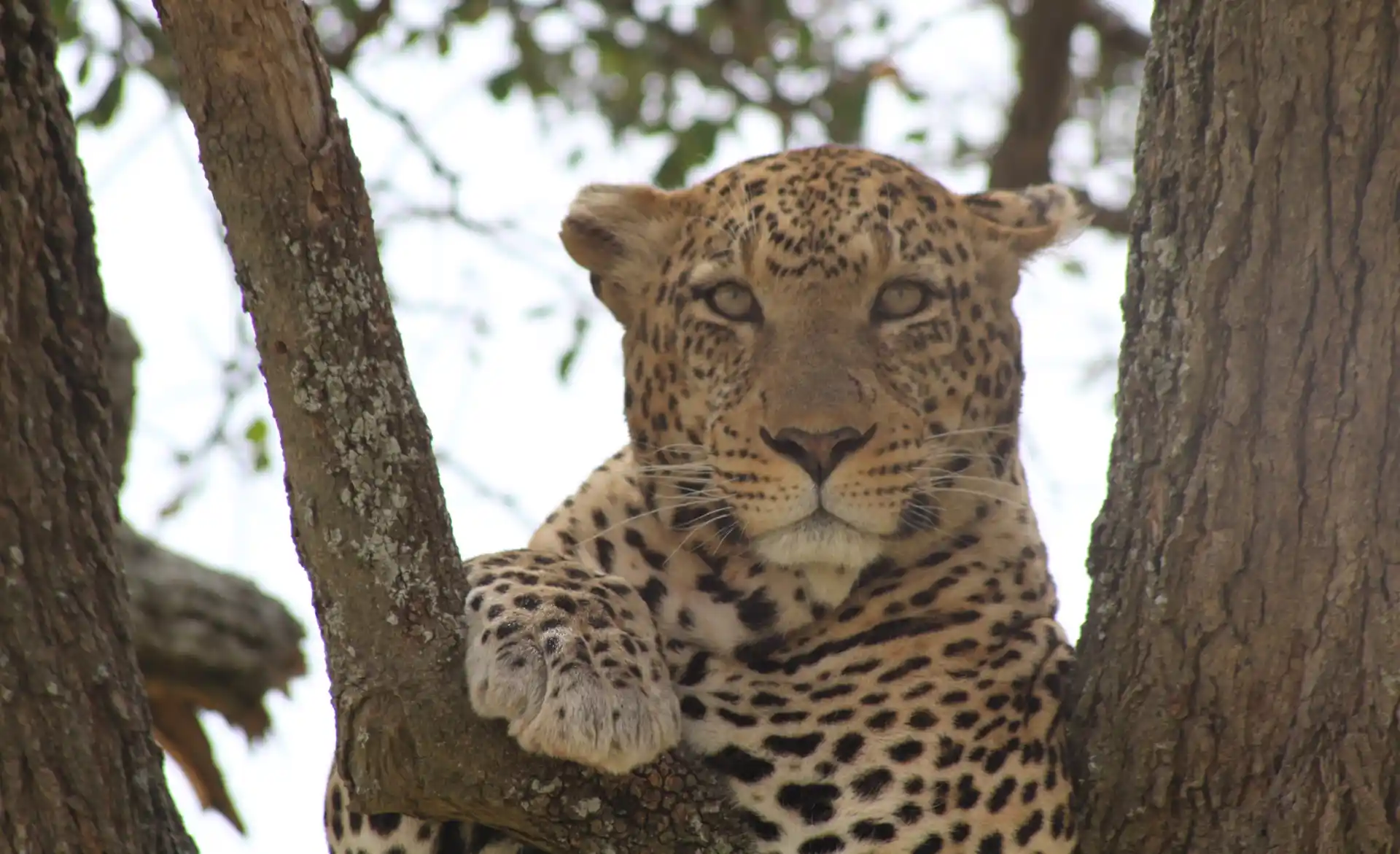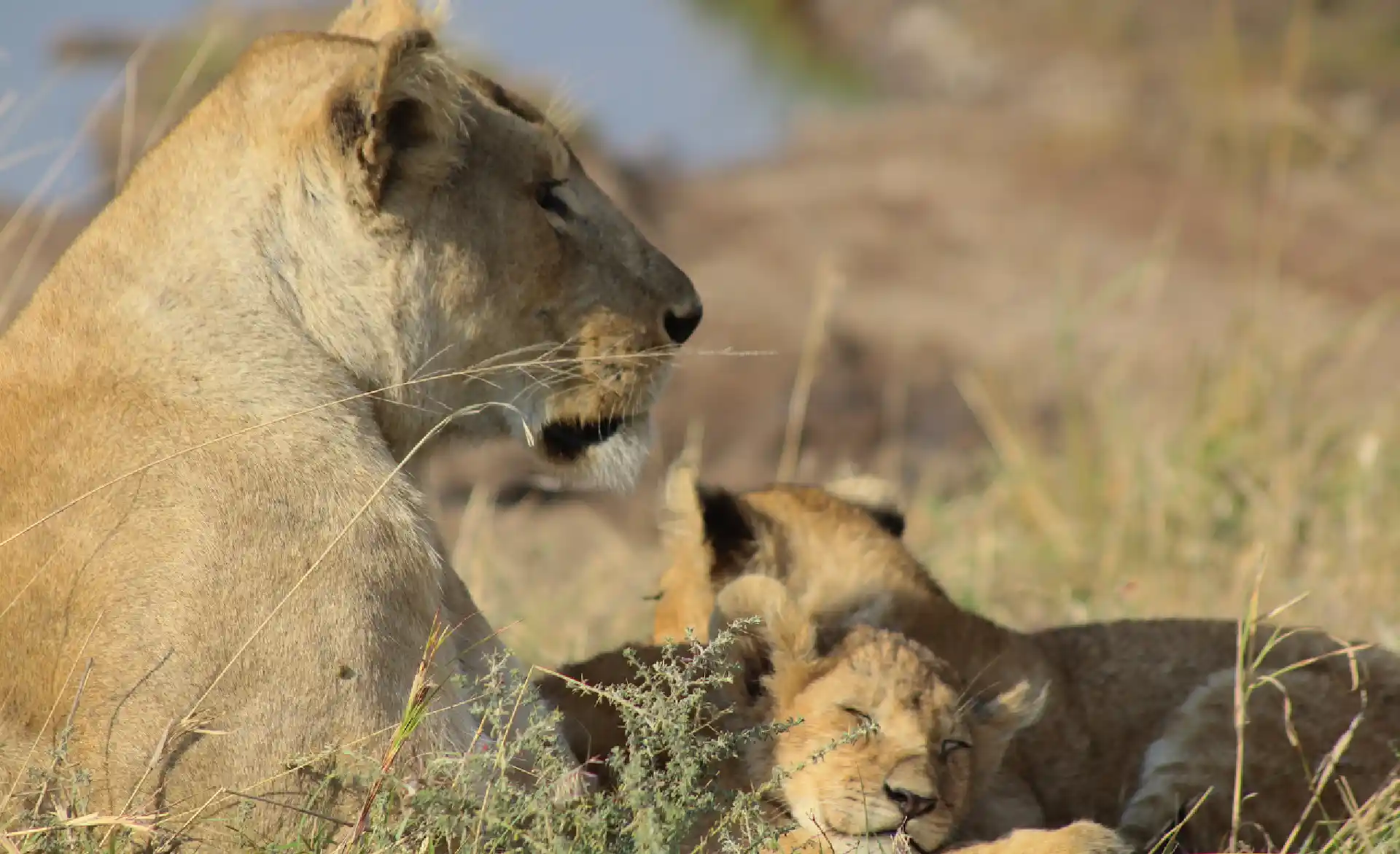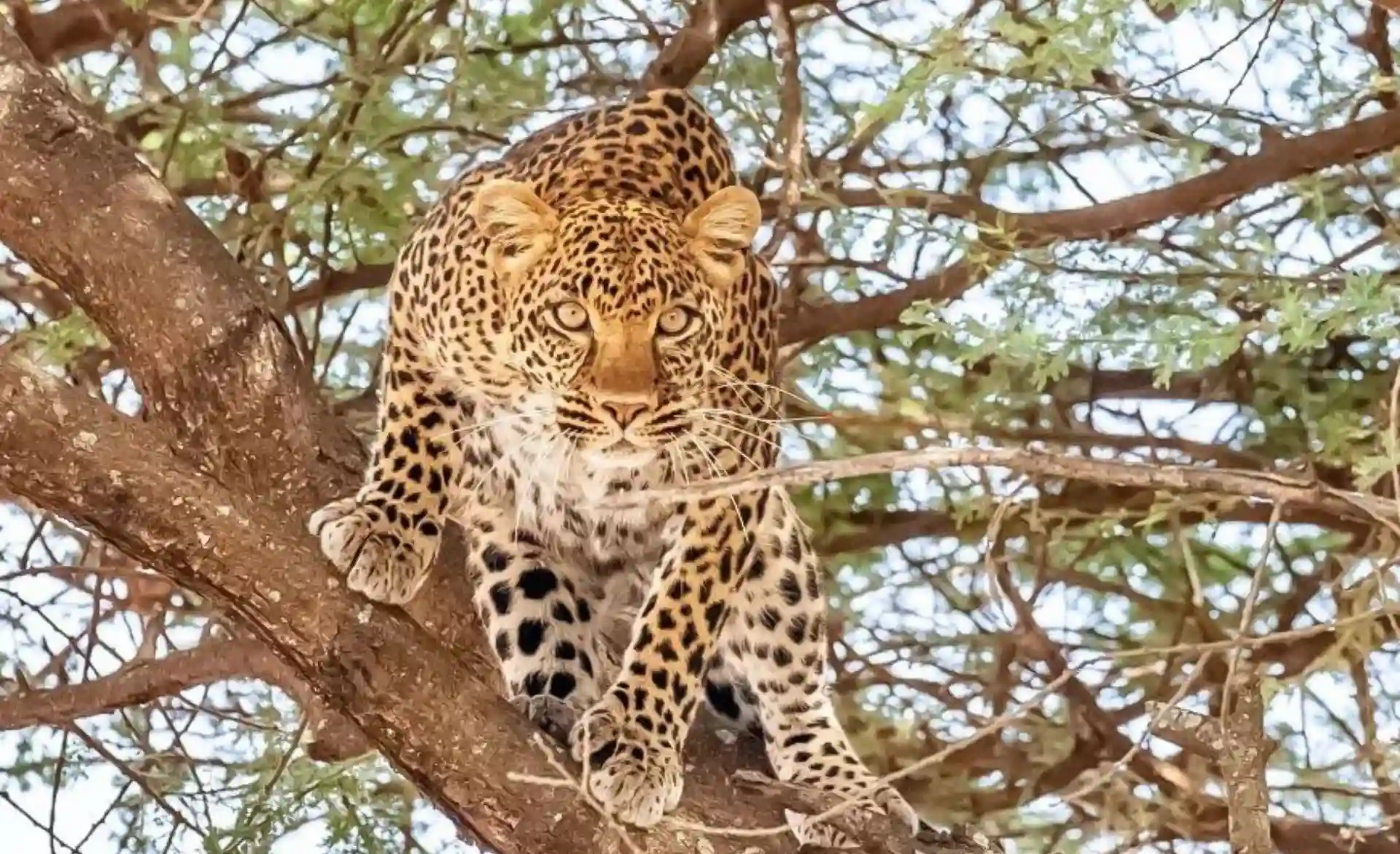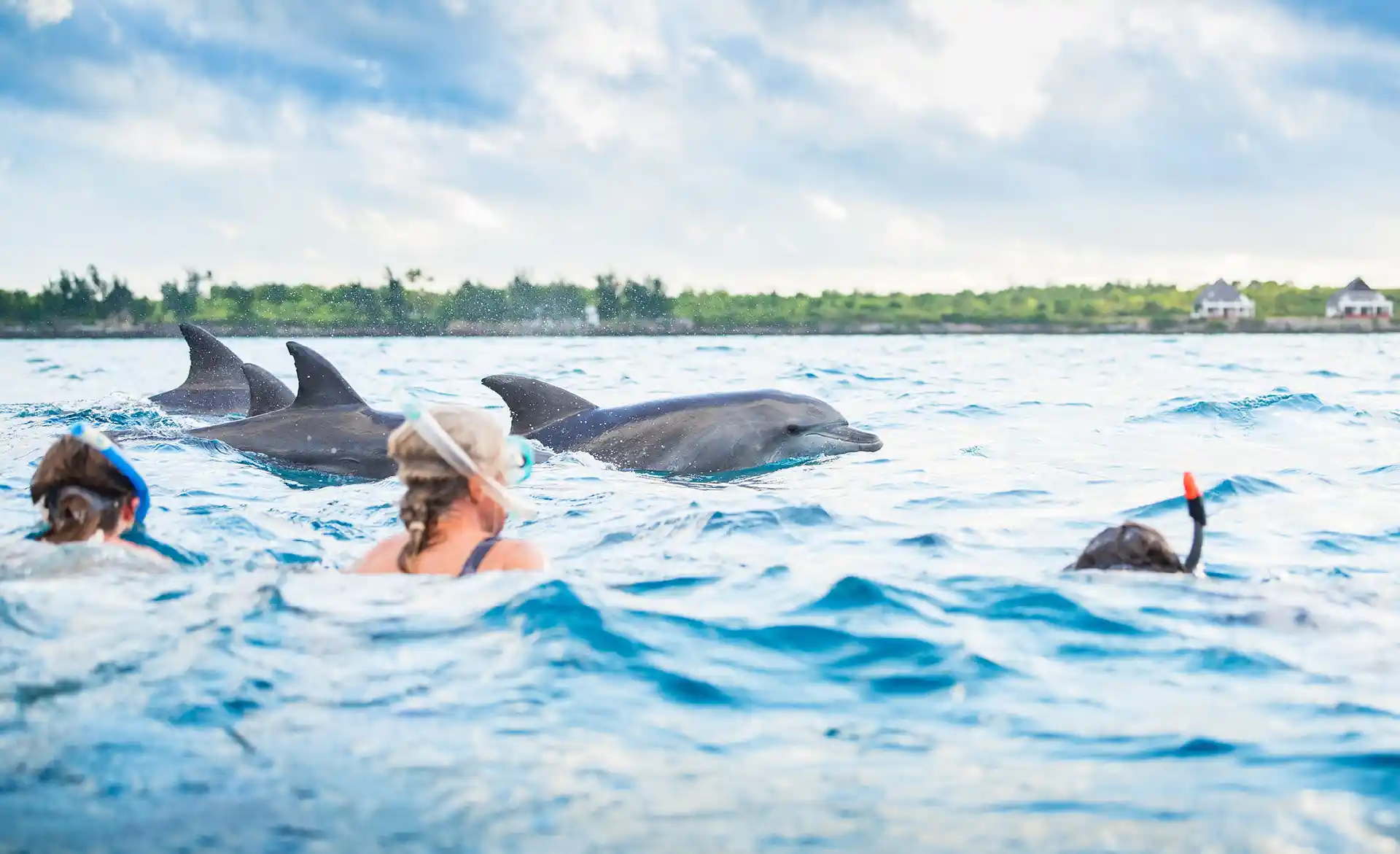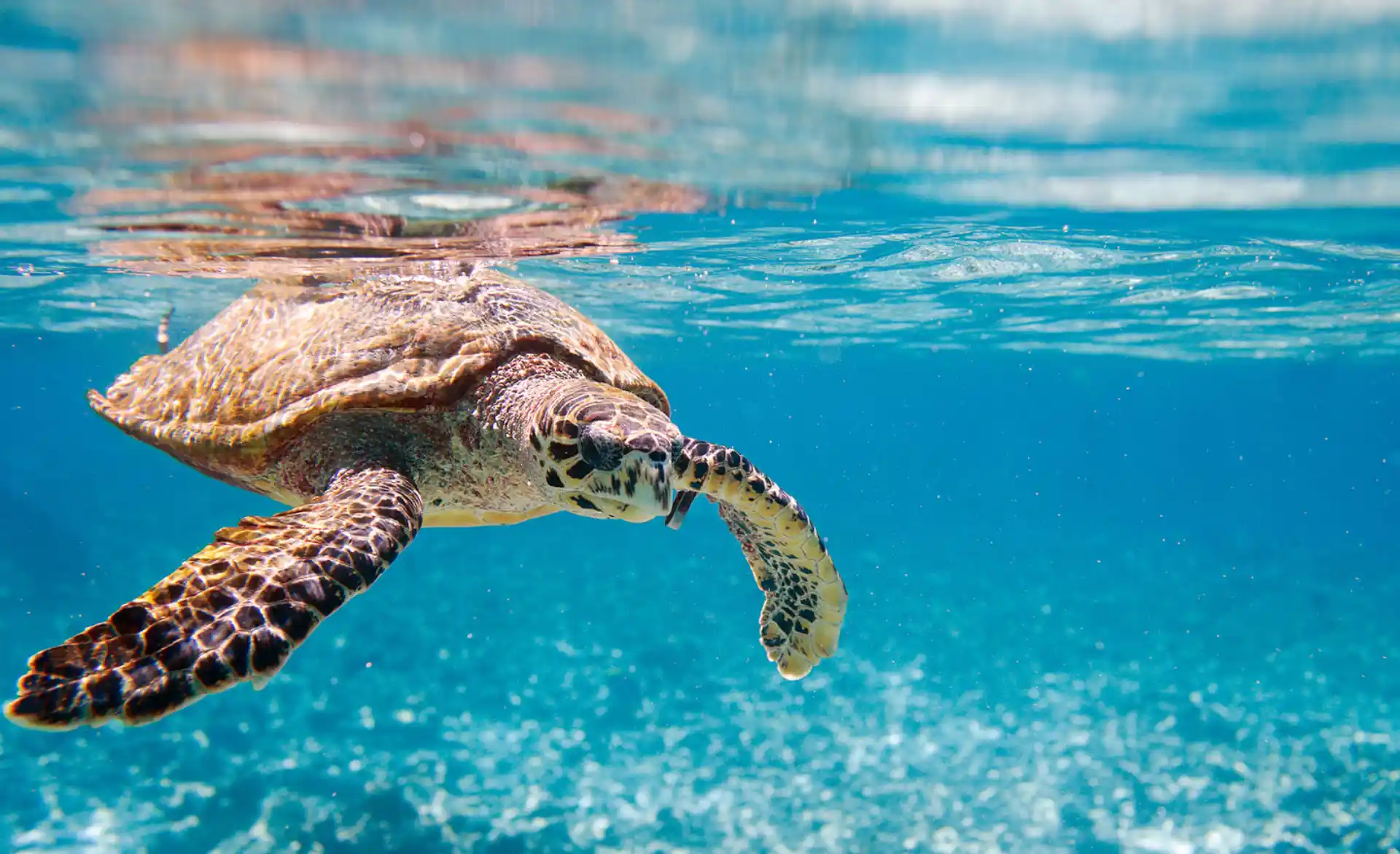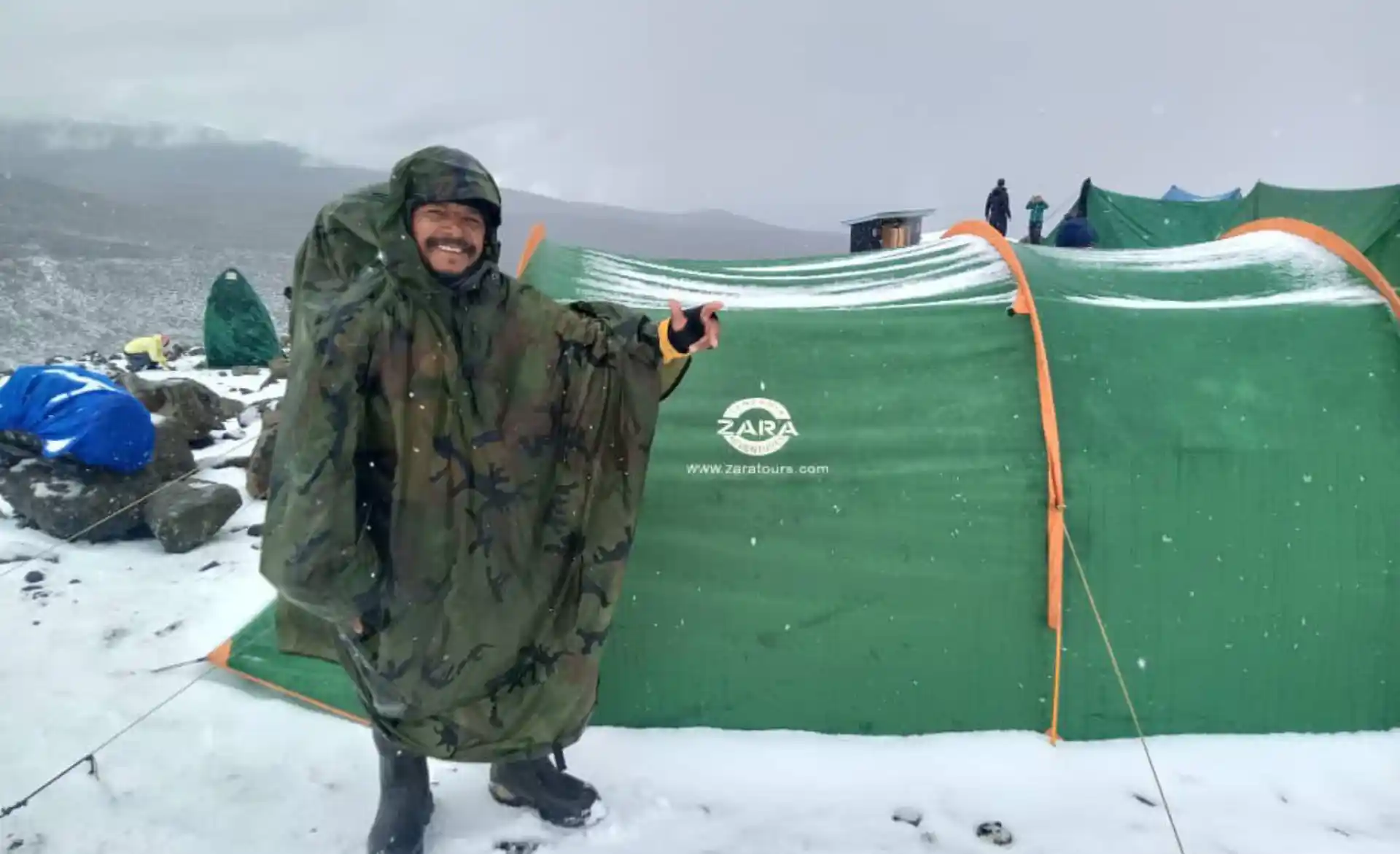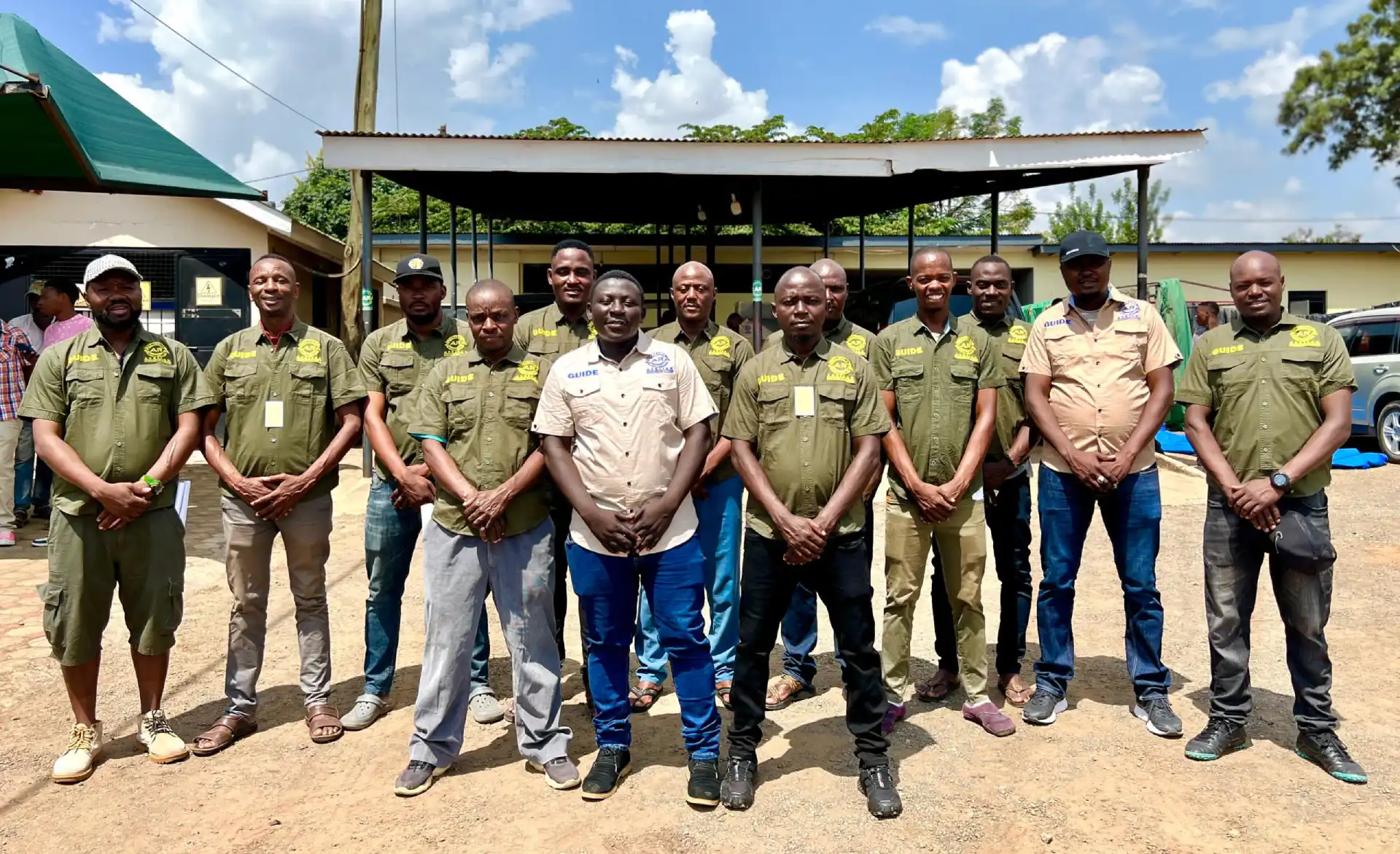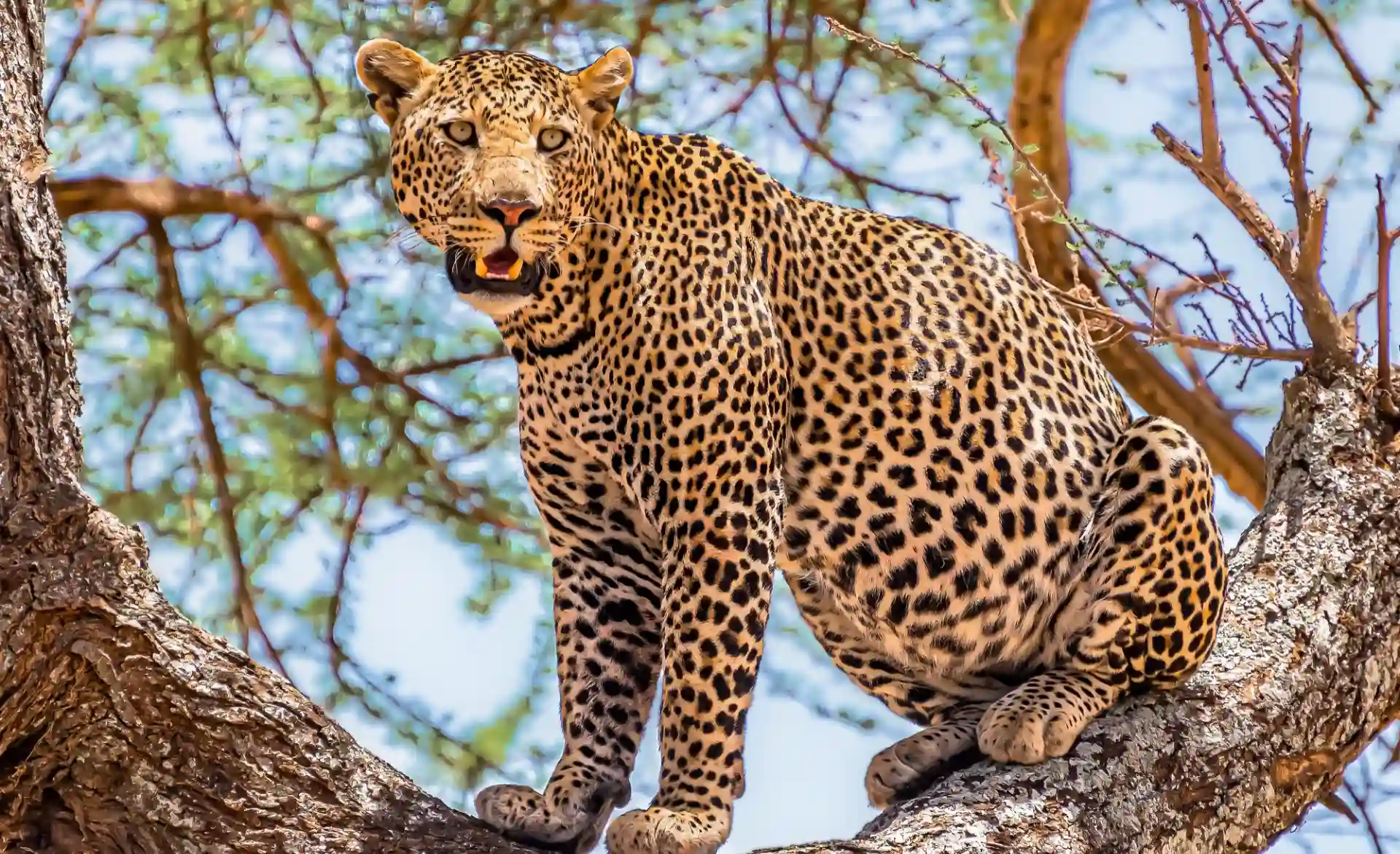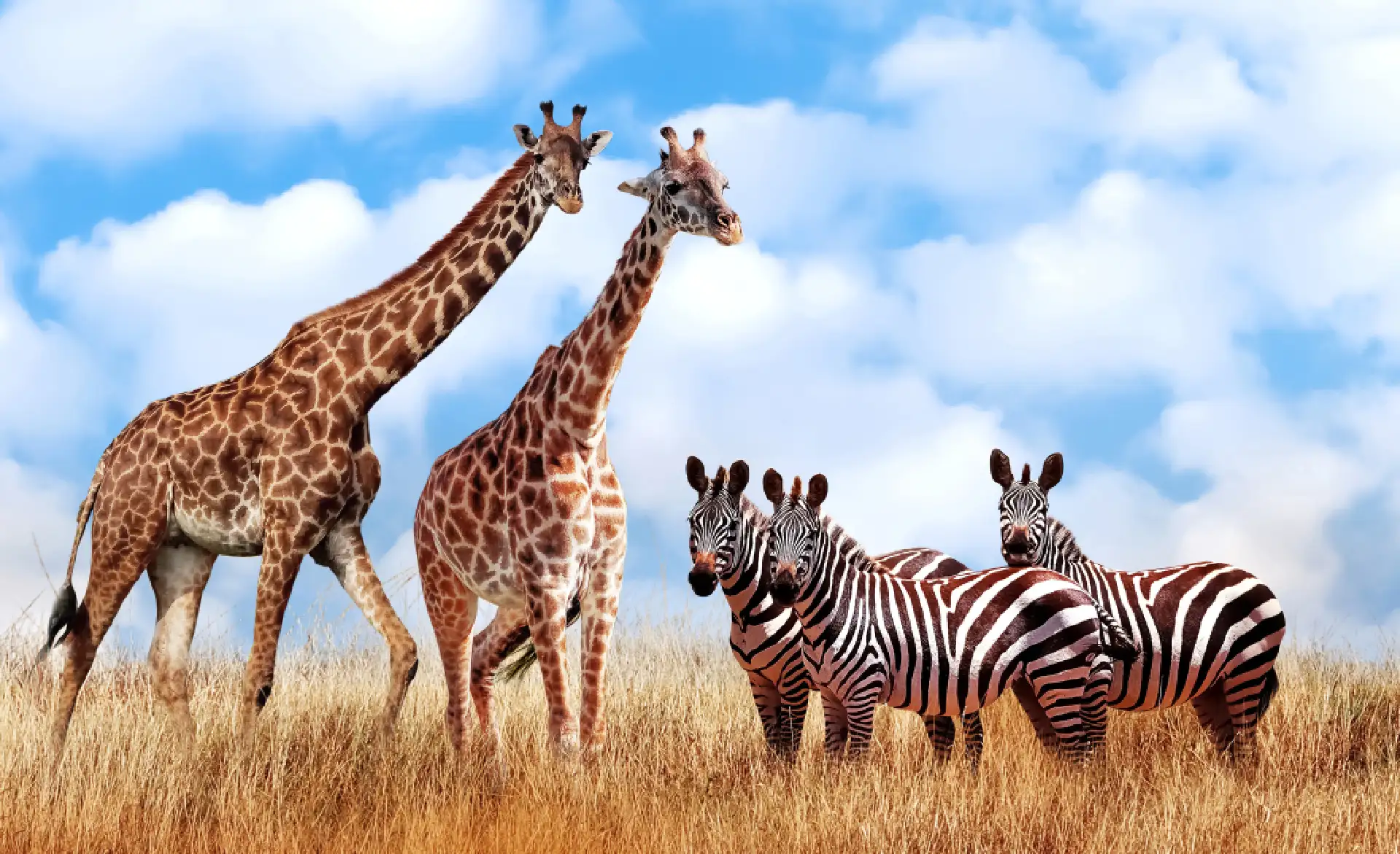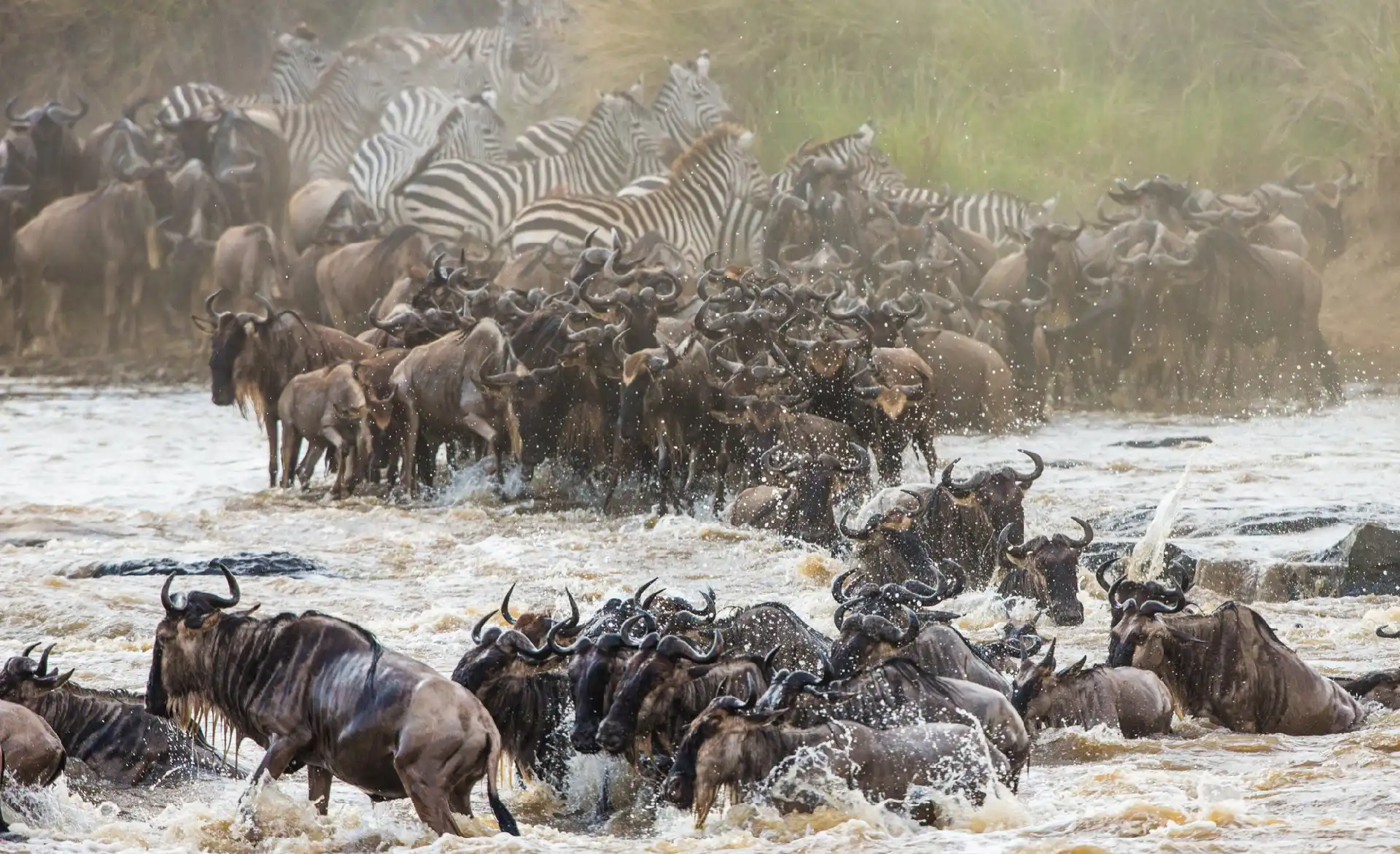When is the best time to climb Kilimanjaro?
A journey to climb Kilimanjaro necessitates strategic planning, and one pivotal aspect to consider is the timing of your ascent. Kilimanjaro, Africa’s highest peak, boasts diverse climates across its ecological zones. Selecting the right time to climb is essential for a safe and enjoyable experience. This article delves into the distinct seasons on Kilimanjaro, aiding you in determining the most suitable time for your ascent.
DRY SEASON VERSUS WET SEASON:
Kilimanjaro witnesses two primary seasons: the dry season and the wet season. Opting for the dry season, typically from late June to early October, is widely regarded as the optimal time for climbing. During this period, weather conditions are more predictable, and clear skies offer breathtaking panoramic views.
Conversely, the wet season, spanning from November to May, brings increased rainfall, resulting in slippery trails and elevated risks of mudslides. Climbing during this period poses additional challenges, and certain routes may be closed due to safety concerns.
TEMPERATURE AND CLIMATE ZONES:
Kilimanjaro features varied climate zones, each presenting unique weather patterns. While the base exhibits a tropical climate, the summit experiences arctic conditions. Opting for the dry season ensures milder temperatures, enhancing overall comfort for climbers.
CROWDS AND PEAK SEASONS:
Kilimanjaro’s popularity as a trekking destination means that specific times of the year attract higher numbers of climbers. The peak season, spanning from July to September, draws adventurers seeking optimal weather conditions. For those desiring a more serene experience, considering the shoulder seasons, such as late September to mid-November or late February to early June, might be preferable.
SPECIAL CONSIDERATIONS FOR CLIMBING ROUTES:
Different routes on Kilimanjaro present distinct characteristics and are influenced uniquely by seasonal changes. For instance, the Marangu Route tends to be more crowded due to its popularity, while the Machame Route offers a more secluded experience. Thoroughly researching the advantages and challenges of each route in different seasons enables climbers to make informed decisions.
Determining the ideal time to climb Kilimanjaro involves weighing several factors, including weather conditions, crowd levels, and personal preferences. While the dry season is generally recommended for its favorable weather, some climbers may appreciate the challenge and solitude offered during the wet season. Ultimately, conducting thorough research and consulting with experienced guides ensures a well-informed decision, guaranteeing a safe and unforgettable ascent to the “Roof of Africa.”
